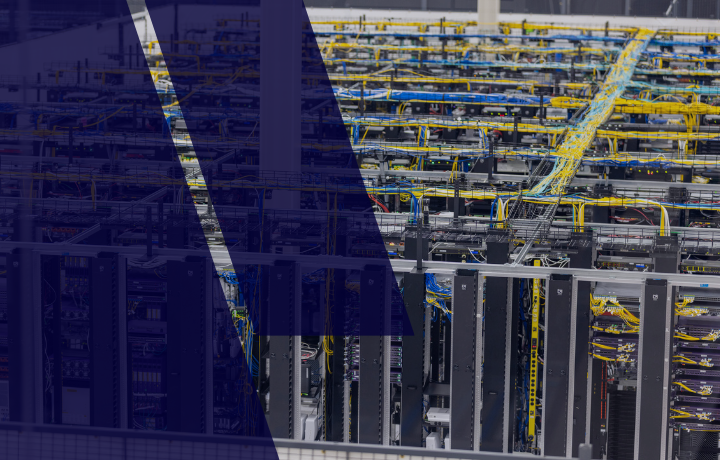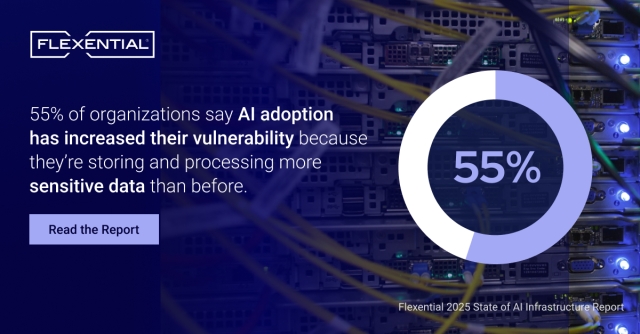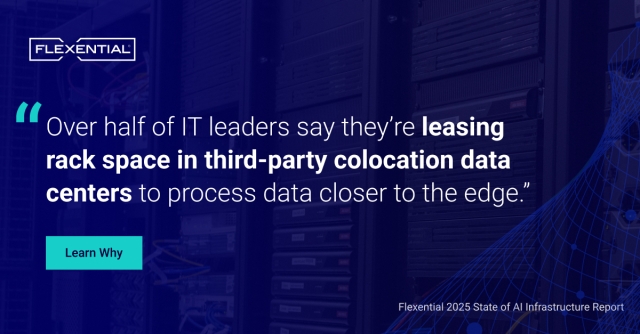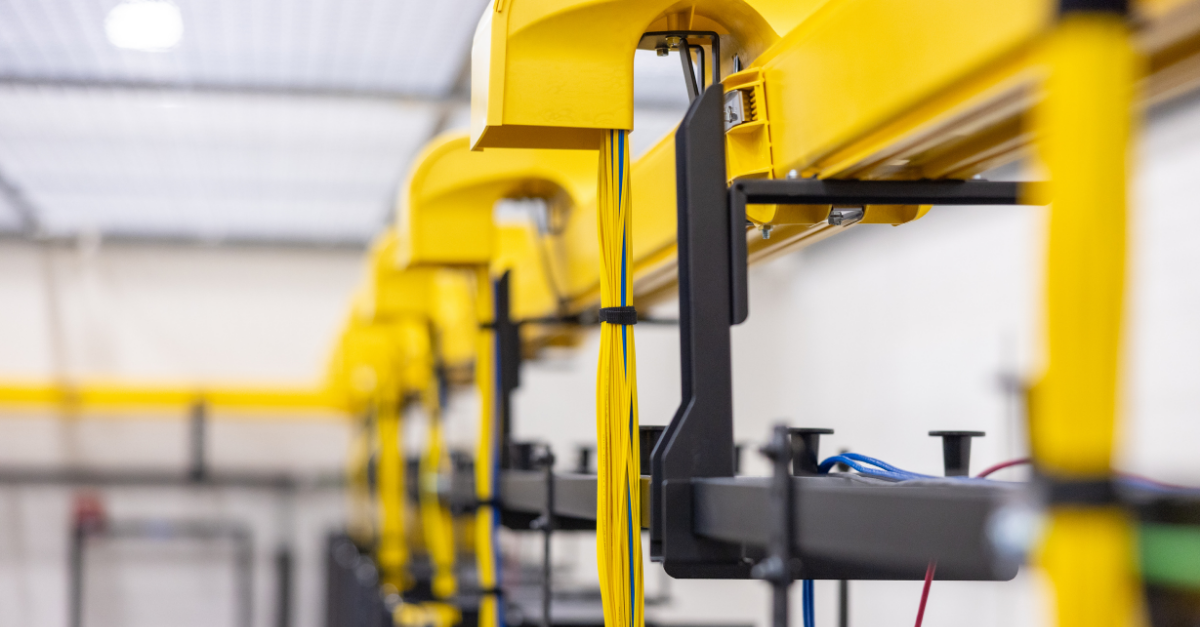Beyond bandwidth: Rethinking network and security strategies for the AI era
With executive backing, infrastructure investment, and talent strategies in motion, enterprises are accelerating their AI ambitions. But there’s one critical layer that underpins it all: network and security. The Flexential State of AI Infrastructure Report reveals that AI growth is triggering a fundamental rethink of how organizations design their digital backbone—shifting from legacy architectures to high-bandwidth, low-latency, and security-first models that can handle massive data movement and new attack surfaces.
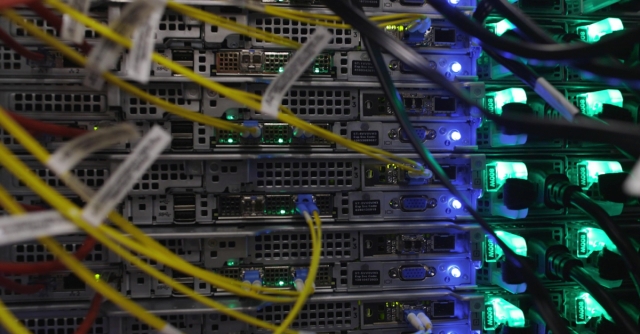
The network is becoming a limiting factor
AI applications are incredibly data hungry. Whether it’s training large language models, running inference across real-time customer interactions, or synchronizing edge and cloud systems, AI workloads depend on ultra-fast, reliable, and low-latency connectivity.
Yet many organizations still operate on legacy networks designed for traditional enterprise traffic—not high-throughput AI data streams. According to the report:
- 59% cite bandwidth shortages as a major performance issue
- 53% report excessive latency
- 38% experience unreliable connections
- 23% still struggle with scaling data center space and power to meet AI workload requirements
This isn’t just an inconvenience—it’s a performance barrier that can derail ROI.
Security stakes are higher than ever
The cybersecurity implications of AI adoption are vast. From model poisoning to synthetic data leakage, AI introduces new threats that traditional security frameworks weren’t built to handle. And as more AI workflows operate in hybrid and multi-cloud environments, the attack surface expands.
The report found that:
- 55% of organizations say AI adoption has increased their vulnerability because they’re storing and processing more sensitive data than before
- 51% report they’re now storing sensitive data in different places (such as closer to the edge), creating new risks
- 51% say the complexity of AI applications inherently expands the attack surface
- 46% acknowledge their cybersecurity teams don’t yet fully understand how to protect AI applications and workloads
AI may drive innovation, but it also demands a rethink of security policy, tooling, and posture.
Interconnection and edge are emerging as key enablers
As AI workloads become more distributed, proximity to data and compute resources becomes a major performance differentiator. That’s why interconnection is moving from a “nice to have” to a strategic imperative.
Many leaders in the report are expanding their use of:
- Carrier-neutral colocation providers with dense interconnection options
- Software-defined networking (SDN) for scalable traffic control
- Edge locations to support real-time analytics, IoT AI, and low-latency applications
The Flexential Fabric platform is one such example—providing customers with on-demand, secure connectivity between cloud, data centers, and partners across markets.
From static infrastructure to intelligent connectivity
The shift underway is not just one of capacity—it’s one of intelligence. Legacy networks were built for stability. But AI demands agility, observability, and automation.
Forward-looking enterprises are adopting:
- AI-enabled network monitoring for anomaly detection and predictive insights
- Microsegmentation and policy-based routing for secure data isolation
- API-first architectures that allow real-time network provisioning as AI needs evolve
These approaches empower IT teams to optimize not just throughput—but outcomes.
Security and connectivity are strategic, not supportive
If AI is a top-line driver of transformation, then network and security must become first-class citizens in planning conversations. Enterprises can no longer afford to treat them as reactive, back-office functions. They are now enablers of innovation—and key differentiators in speed, scale, and trust.
Get ahead of AI network and security demands
Explore how 350+ IT leaders are adapting their network and cybersecurity strategies to support the AI-powered enterprise—complete with investment priorities, interconnection trends, and architectural shifts.
Download the State of AI Infrastructure Report
Explore the full blog series on the State of AI Infrastructure!
This post is part of our multi-part blog series unpacking the key findings from the Flexential State of AI Infrastructure Report. Each post tackles a core pillar of enterprise AI readiness—from strategy and infrastructure to talent, security, and sustainability.
Executive Leadership & AI Investment
The c-suite steps up: How executives are taking control of the AI agenda
Explore why leadership is the #1 driver of AI growth—and how investment priorities are shifting fast.
Infrastructure & Capacity Planning
The new race for AI capacity: Why smart infrastructure planning starts now
Discover why planning ahead is critical as infrastructure becomes the top bottleneck for AI at scale.
AI Talent & Workforce Strategy
Mind the gap: Why solving the AI talent shortage is critical to innovation
Learn how organizations are navigating workforce shortages, burnout, and upskilling in the AI era.
Network & Security Readiness
Beyond bandwidth: Rethinking network and security strategies for the AI era
See how enterprises are upgrading connectivity, adopting zero-trust, and securing distributed AI workloads.
Sustainability & Energy Efficiency
Balancing power and progress: Building sustainable AI infrastructure that lasts
Understand how leaders are aligning ESG goals with power, cooling, and performance demands.
Want the full story? Get all the data, charts, and insights in the full report:
Download the State of AI Infrastructure Report



